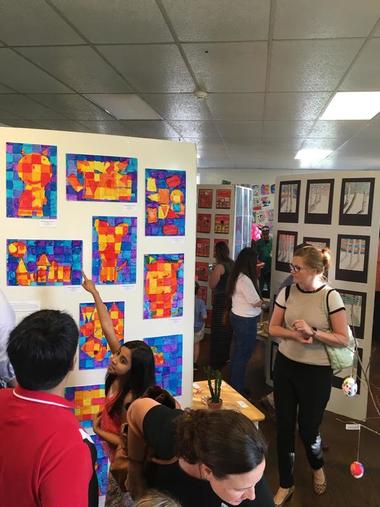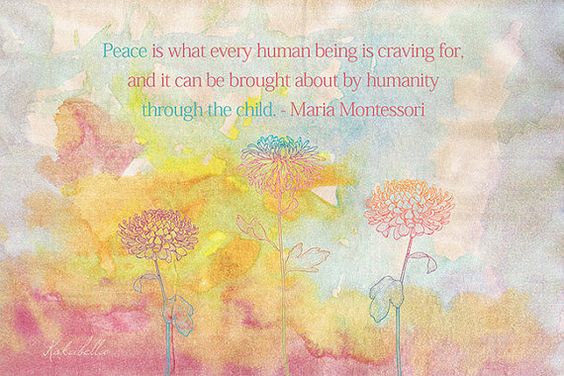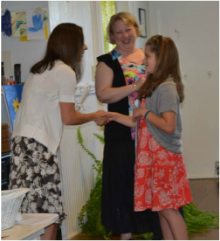Q: Where did this method come from?
A: Montessori takes its name from the first woman Italian doctor, Maria Montessori. Among her many medical accomplishments, she also began working with underprivileged children. Her original methods of teaching and engaging their interests led her to open her first school in 1907.
Q: Does Montessori have a religious affiliation?
A: While Dr. Montessori was a deeply religious woman, her methods were not based on her beliefs. There are schools, like LifeSong, which blends our Christian beliefs with the teaching methods Montessori devised.
Q: What is the difference between Montessori and Traditional education?
A: Montessori emphasizes learning through all five senses, not just through listening or reading. Children in Montessori classes learn at their own pace and according to their own choice of activities. Montessori classes place children in multi-age groups, forming communities in which the older children spontaneously share their knowledge with the younger ones. Montessori represents an entirely different approach to education.
Q: Is Montessori good for children with learning disabilities? What about gifted children?
A. Montessori is designed to help all children reach their fullest potential at their own unique pace. A classroom whose children have varying abilities is a community in which everyone learns from one another and everyone contributes. Moreover, multi-age grouping allows each child to find his or her own pace without feeling "ahead" or "behind" in relation to peers.
Q: Are Montessori children successful later in life?
A: Studies show that Montessori children are well prepared for later in life academically, socially and emotionally. In addition to scoring well on standardized testing, Montessori children are ranked above average on skills like attentiveness, showing responsibility, showing enthusiasm for learning and thinking “outside the box”.
Q: Aren’t Montessori classes unstructured?
A: Not at all. We employ “freedom within limits” which means there are specific guidelines to our methods. Children are given freedom within those guidelines, which can be expanded or contracted depending on the needs of the child.
Q: I’ve heard the goal of Montessori school is to ‘normalize’ my child. What does that mean?
A: The term ‘normalized’ only means the time when a classroom of children are self-motivated, on task and working as they would if there were no outside influences to distract them. We find what the best ebb and flow for our classroom is and use it as the basis of our structure.
Q: Where can I learn more?
A: Send an email to LifeSong or click on the “contact us” button on this website. We’d love the opportunity to show you the joys of the Montessori classroom!






 RSS Feed
RSS Feed